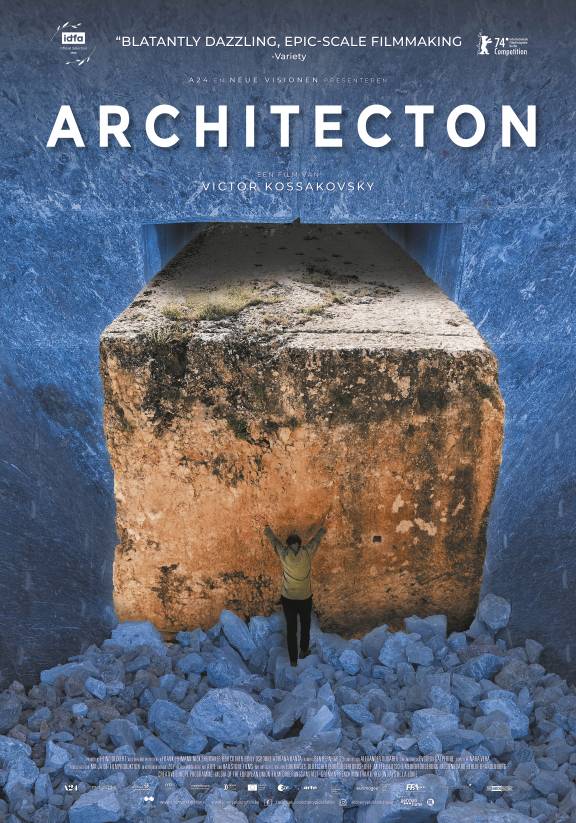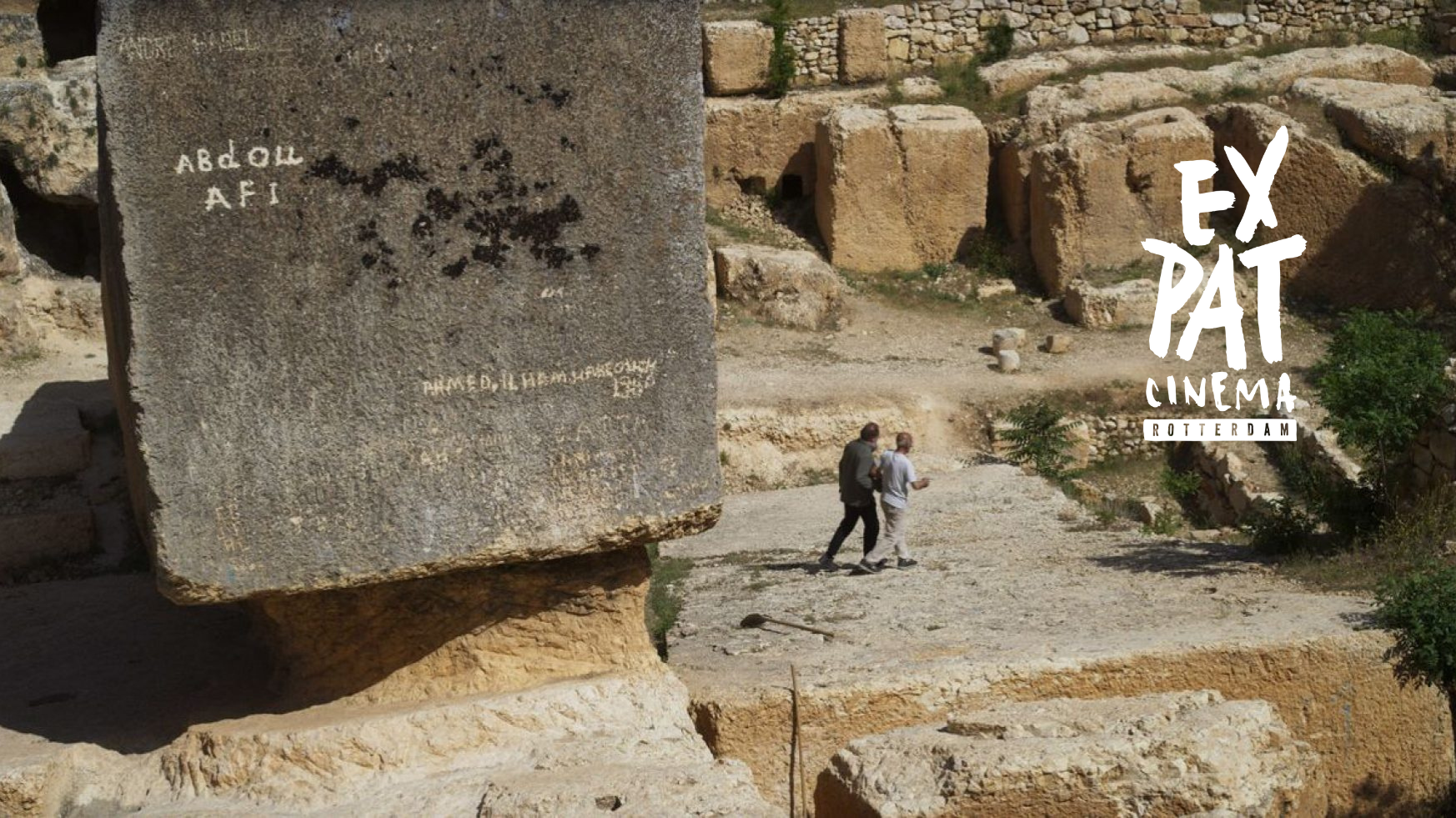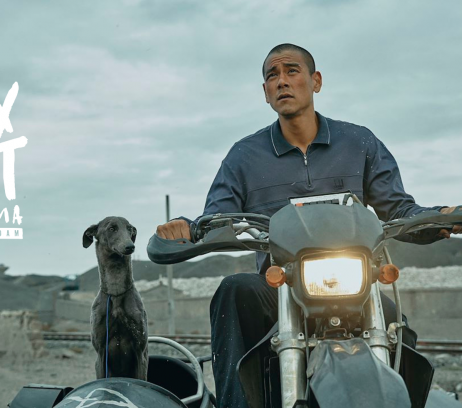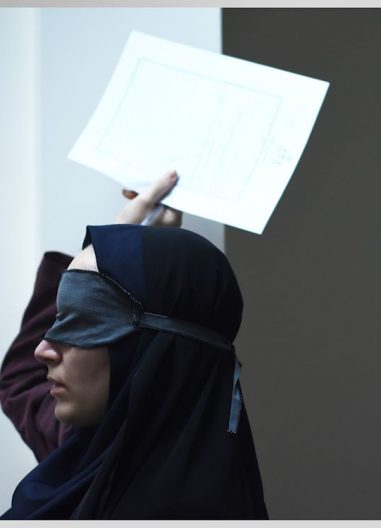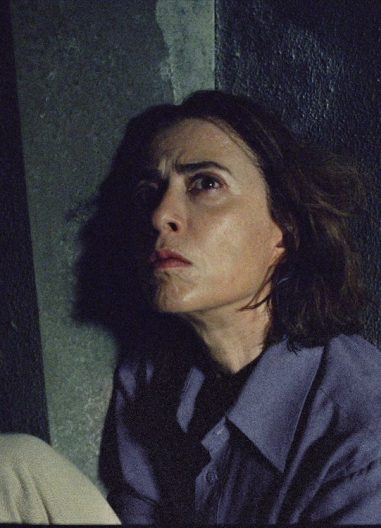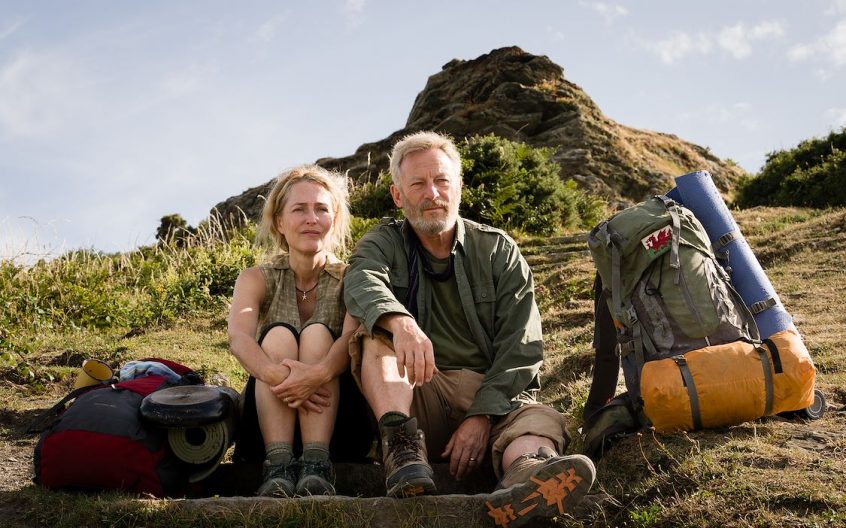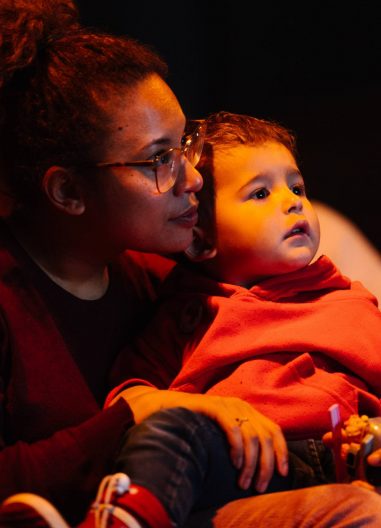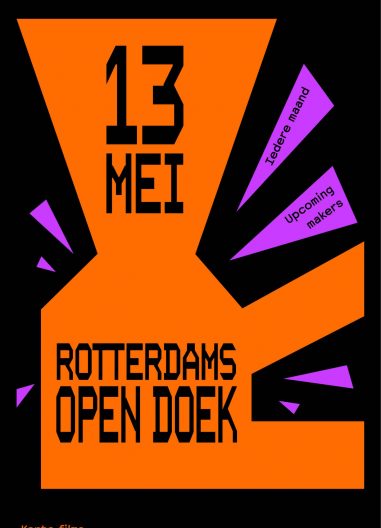Architecton - Expat Cinema Rotterdam
Miss seeing international films because you can’t yet keep up with the Dutch subtitles? Want to meet fellow expats and new Dutch folks? Love cinema? Then this is the event for you! Join Expat Cinema Rotterdam for the best international art house cinema with English subtitles.
Apart from water, concrete is the most widely used material in the world, according to Viktor Kossakovsky in Architecton. With that observation, he conceptually links this final part of his ‘A-trilogy’ to the second installment, the water documentary Aquarela (2018), which in turn followed ¡Vivan las antipodas! (2011).
Visually, he connects the films through slow-motion footage in which falling rocks and boulders seem to flow like rivers. Accompanied by a score from composer Evgueni Galperine, these sequences lend a hypnotic power to this visual symphony on the building materials of concrete and stone. Kossakovsky moves from the temple ruins of Baal to Ukrainian buildings bombed by the Russian army, and from houses destroyed by earthquakes in Turkey to quarries where construction materials are extracted with brutal force.
His historical meditation on construction and destruction centers around a landscape project by Italian architect Michele De Lucchi, who, in protest against the impermanence of modern architecture and as a lesson in humility before nature, created a ‘magic circle’ in his garden—a space where no one is allowed to set foot.
- 19:00
Kies tijdstip
- filmspecial
Miss seeing international films because you can’t yet keep up with the Dutch subtitles? Want to meet fellow expats and new Dutch folks? Love cinema? Then this is the event for you! Join Expat Cinema Rotterdam for the best international art house cinema with English subtitles.
Apart from water, concrete is the most widely used material in the world, according to Viktor Kossakovsky in Architecton. With that observation, he conceptually links this final part of his ‘A-trilogy’ to the second installment, the water documentary Aquarela (2018), which in turn followed ¡Vivan las antipodas! (2011).
Visually, he connects the films through slow-motion footage in which falling rocks and boulders seem to flow like rivers. Accompanied by a score from composer Evgueni Galperine, these sequences lend a hypnotic power to this visual symphony on the building materials of concrete and stone. Kossakovsky moves from the temple ruins of Baal to Ukrainian buildings bombed by the Russian army, and from houses destroyed by earthquakes in Turkey to quarries where construction materials are extracted with brutal force.
His historical meditation on construction and destruction centers around a landscape project by Italian architect Michele De Lucchi, who, in protest against the impermanence of modern architecture and as a lesson in humility before nature, created a ‘magic circle’ in his garden—a space where no one is allowed to set foot.
